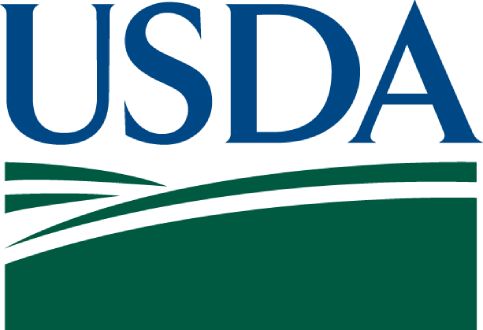Direct Certification in the National School Lunch Program: State Implementation Progress, School Year 2012-2013

This report responds to the legislative requirement of the Food, Conservation, and Energy Act of 2008 (P.L.110-246) to assess the effectiveness of State and local efforts to directly certify children for free school meals under the National School Lunch Program (NSLP). Direct certification is a process conducted by the States and by local educational agencies (LEAs) to certify certain children for free school meals without the need for household applications. The Child Nutrition and WIC Reauthorization Act of 2004 required all LEAs to establish, by school year (SY) 2008–2009, a system of direct certification of children from households that receive Supplemental Nutrition Assistance Program (SNAP) benefits. The mandate was phased in over three years. The largest LEAs were required to establish direct certification systems by SY 2006–2007; all were required to directly certify SNAP participants by SY 2008–2009. The Healthy, Hunger-Free Kids Act of 2010 (HHFKA) requires that States meet certain direct certification performance targets. For SY 2012–2013, States that fail to achieve a direct certification rate of at least 90 percent are required to develop and implement continuous improvement plans (CIPs). The performance target increases to 95 percent for SY 2013–2014 and beyond.
Ninety-one percent of LEAs that participate in the NSLP directly certified some SNAP participants in SY 2012–2013. These LEAs enroll 99 percent of all students in schools that participate in the NSLP. This is an increase from SY 2004–2005, when 56 percent of LEAs, enrolling 77 percent of all students in NSLP schools, directly certified some SNAP-participant students.
The number of school-age SNAP participants directly certified for free school meals was 12.3 million for SY 2012–2013, an increase of 6 percent from SY 2011–2012. Analysis in this report estimates that 89 percent of children in SNAP households were directly certified for free school meals, which is 3 percentage points higher than last year’s rate of 86 percent. Twenty-four States achieved the HHFKA-mandated performance target of 90 percent, and 16 States achieved direct certification rates of at least 95 percent. Only one State had a direct certification rate lower than 60 percent.
How do you apply evidence?
Take our quick four-question survey to help us curate evidence and insights that serve you.
Take our survey
